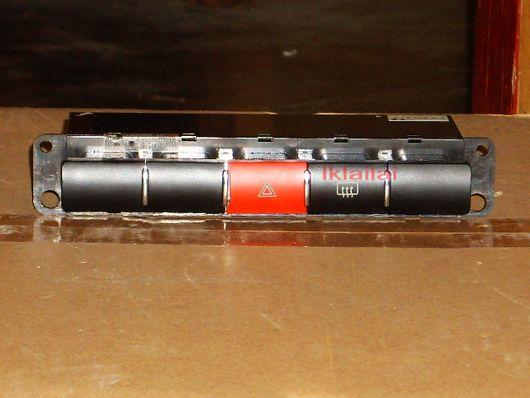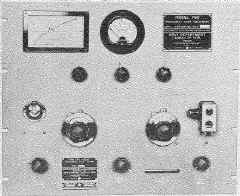

Hence the frequency of oscillation isį-2C,V or via a "current mirror" circuit to C. If the buffer has unit gain, and there is a difference, V, between the comparator bias levels, the capacitor voltage must change by 2V per cycle. This continues until the output falls below the bias of the lower level comparator, when the bistable is triggered back to its original state and the cycle is repeated. Reverses and the capacitor voltage sweeps in a negative direction. Also, a square wave output is available if required.
#1020 cps osculator keyer generator#
If required the triangle can be shaped to a sinewave, so that the oscillator can be used as a wide range or swept sinewave generator that avoids the problems associated with the direct generation of sinewaves at low frequencies.

It uses cheap non -critical components, and is suitable for use from well below 1Hz to the MHz region. Its frequency can be made to vary linearly with a potentiometer setting the period can be made to vary linearly with a resistor and frequency can be varied exponentially over several decades, or swept with an input voltage. This article describes a triangle wave generator whose frequency can be controlled in a variety of ways. Versatile Triangle Wave Generator constructional project which forms a `building brick' for more complex test systems A Combined with quadraphonic operation surely an export hnnm meet he the recnit9 Accordingly we suggest a new classification scheme of dividing the spectrum from 10Hz to 30kHz into seven bands each to be handled by a separate loudspeaker, see table. As a final comment on the possibility of multi -band operation of audio systems it can be argued that limiting the number of loudspeaker drive units to two (a woofer and a tweeter) with the occasional addition of a mid -range squawker is too restrictive. one that rises proportional to frequency. Phase shift in the operational amplifier at all frequencies above 10Hz is such as to make the virtual earth point have a largely inductive impedance, i.e. the sum of the gains with respect to various inputs. If it is desired to obtain significant voltage gain from the mixer as well as having multiple inputs, the bandwidth restrictions are more severe, being in effect determined by the total gain used, i.e. The mixer circuits used in such a system, as when mixing inputs from tape, disc, radio, are now frequently based on the see -saw amplifier feeding to the virtual earth through appropriately scaled resistors. It is convenient for producing relatively small amounts of boost and cut at selected regions in the spectrum and may be augmented by active filters with higher Q if stronger effects are needed. One possibility is the use of parallel channels each consisting of a low -Q band-pass filter using sufficient channels that the mixed signal has very little ripple in its overall amplifier response characteristic when all controls are level. More complex tone controls may be used to sub -divide the frequency spectrum still further though purists will reject this approach as it smacks of gimmickry, there can be a case for it for various forms of electronic musical instruments and in sound effects. The higher the quality of the sources and other links in the chain the smaller the range covered by these tone controls need be. Two potentiometers are used, adjusting the feedback in the two frequency regions separately around a virtual earth amplifier such that the gain in these regions varies typically from 0.1 up to 10 i.e.

This allows for true boost or cut to either low or high frequencies relative to an unchanging centre frequency, generally 1kHz. Baxandall, basing itself on a feedback rather than a passive network. Of all the tone controls proposed, the most generally accepted is due to P. It takes a brave man to refrain from just-a -touch on the tone controls when demonstrating the superiority of his latest equipment to a fellow enthusiast (competitor ?). Even if all such sources reached the impeccable standards which the engineers concerned strive so successfully to meet, there would remain the personal preferences of the user.

Recordings are not above suspicion in respect of the linearity of amplitude response. Distortion reducer Microwave semiconductor devicesĭuring such a listening test, the parameters of the room housing the loudspeaker plays a large part, while


 0 kommentar(er)
0 kommentar(er)
